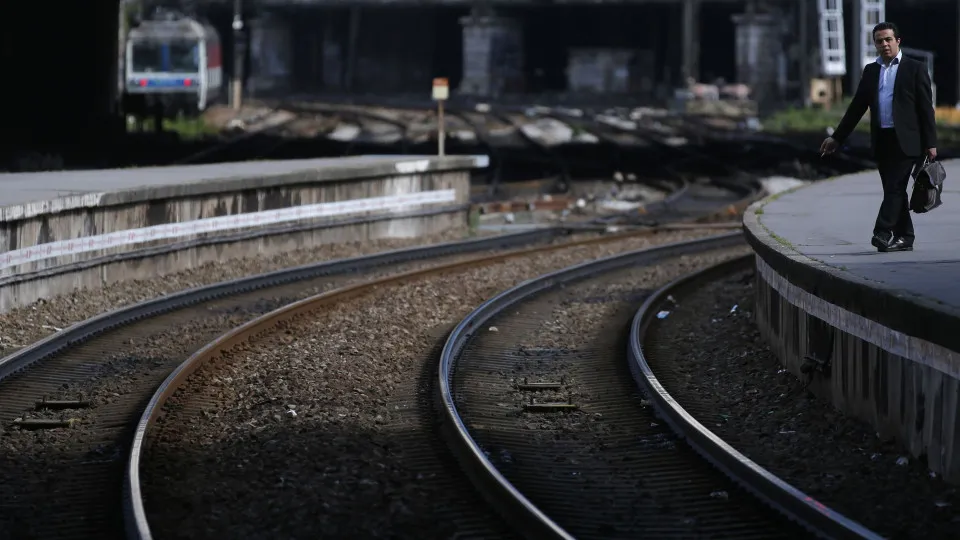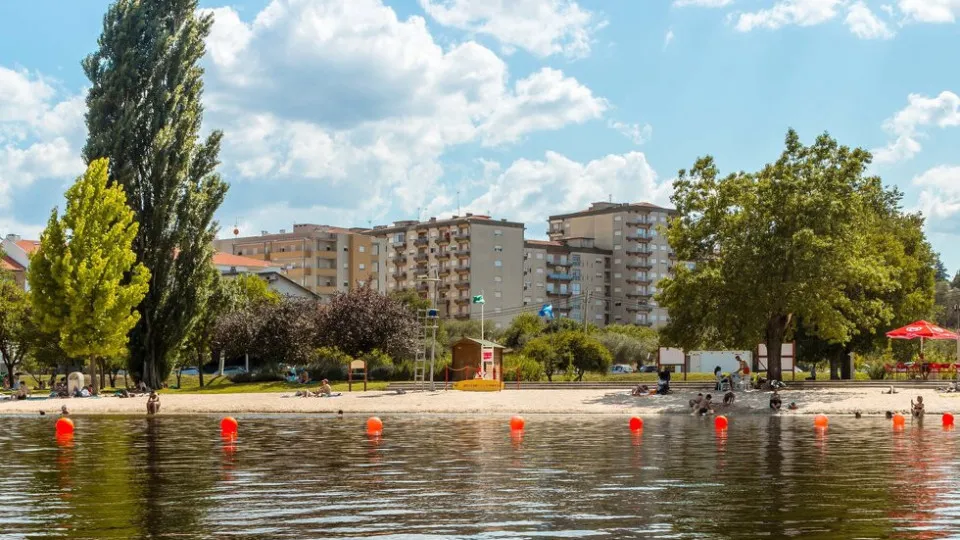
The AVAN Norte consortium is proposing a high-speed railway station in Gaia, located south of Santo Ovídio, along with two separate bridges over the Douro instead of a single road-rail bridge. These solutions differ from the specifications outlined in the contract.
In response to inquiries, Eduardo Pimentel, an official from AVAN Norte—formerly known as LusoLav and consisting of Mota-Engil, Teixeira Duarte, Alves Ribeiro, Casais, Conduril, and Gabriel Couto—indicated that the proposed station would be “in the vicinity of the Sto. Ovídio junction on the A1 [Motorway 1], but to its south, as a surface-level station.” It would remain “within the jurisdiction of the Union of Parishes of Mafamude and Vilar do Paraíso,” despite plans for these parishes to separate following local elections.
Further questions directed at the consortium inquire whether the proposed location is Guardal de Cima in Vilar do Paraíso, whether there is a commitment to fund the station’s connection to Porto Metro, and which lines would be involved (with only the Rubi line proposed in April), awaiting a response.
Regarding the Douro crossings, the consortium’s representative suggests separating the bridges instead of one combined road-rail bridge, stating that “the technical solution for the Douro bridge (High-Level Railway Deck and Low-Level Road Deck) remains, but despite sharing the same physical space, they are two independent structures.”
After the project was awarded in October 2024, when the consortium released a video featuring the Santo Ovídio station and a road-rail bridge, an alternative solution was presented in April that was not specified in the contract, with a station in Vilar do Paraíso and two bridges, unbeknownst to the Government or Infraestruturas de Portugal (IP).
On the station and bridge, the consortium’s representative uses the term “maintain” in response, despite these solutions differing from those proposed since the high-speed rail project was presented in September 2022.
Another LusoLAV administrator, Rui Guimarães, had previously asked, during an April meeting at the Gaia City Council where the alternative solutions were presented, not to refer to them as such.
“Let’s stay united in the same direction and not call this an alternative. This is an evolution of the project, advancing from an initial to a more developed stage. This is crucial in formal and legal terms; we don’t create alternatives,” he stated, expressing concern that such terminology could be detrimental in the final stages.
Another representative, Jorge Rodrigues, mentioned at the same event that the consortium would need the support of the city council, which approved the alternative solution (with the PS party voting in favor and the PSD against in the City Council, and the IL voting against and CDU abstaining in the Municipal Assembly).
“We need your support. We will all approach IP [Infraestruturas de Portugal] and APA [Portuguese Environmental Agency], so they can approve these types of solutions, especially regarding the station,” he stated.
On April 16, the Government confirmed that “any potential alterations must be fully safeguarded legally, comply with the contract’s requirements, and secure agreement from municipalities,” stressing that the project “is based on the proposal submitted by the LusoLav consortium, the contest winner, and aligned with the preliminary design presented by IP,” featuring a station in Santo Ovídio connected to the Metro’s Yellow Line and a single bridge.
The National Railway Plan, published in April in the Official Journal, also establishes the high-speed station in Gaia as being at Santo Ovídio.
The public tender specifications mention Santo Ovídio station 17 times, including a preliminary program for constructing the underground station and an appendix with a map showing its location on an open field in front of the current D. João II metro station.
The document delineating the concession limits states that the stations at Campanhã and Santo Ovídio “must be adjusted to fulfill the respective preliminary programs.”




